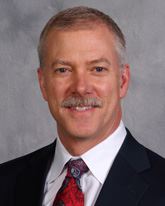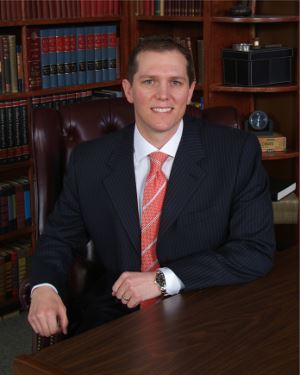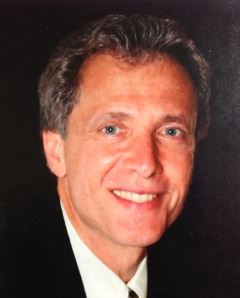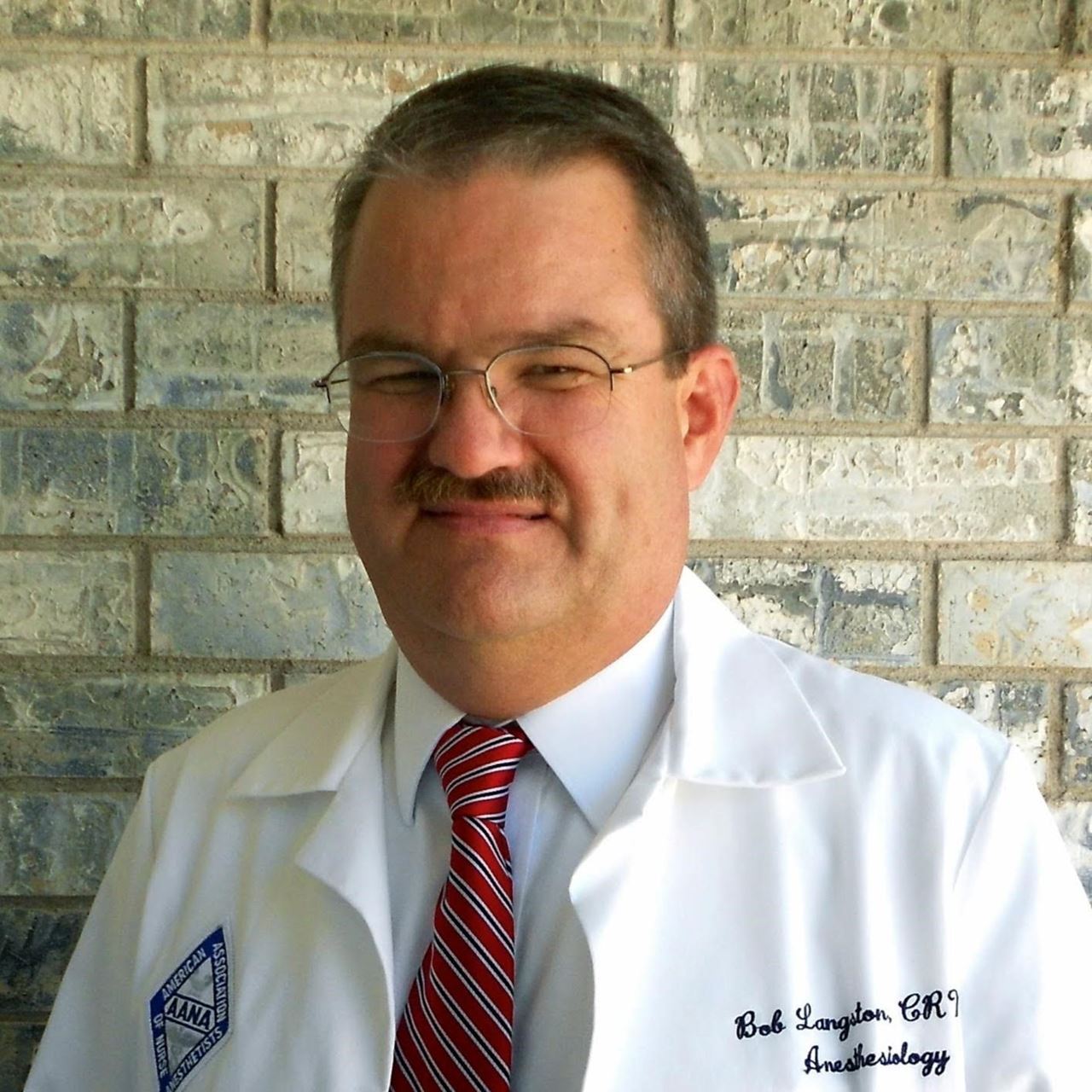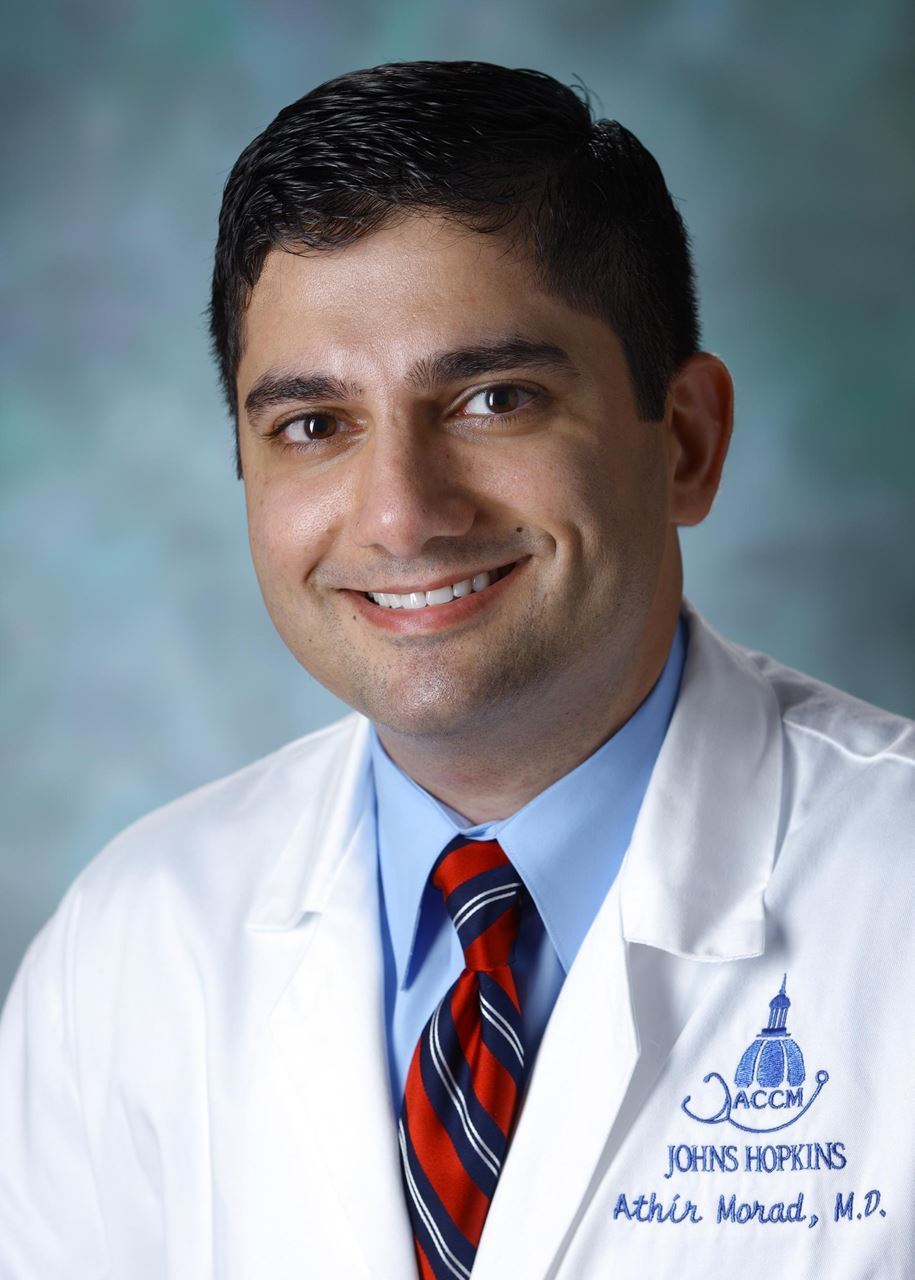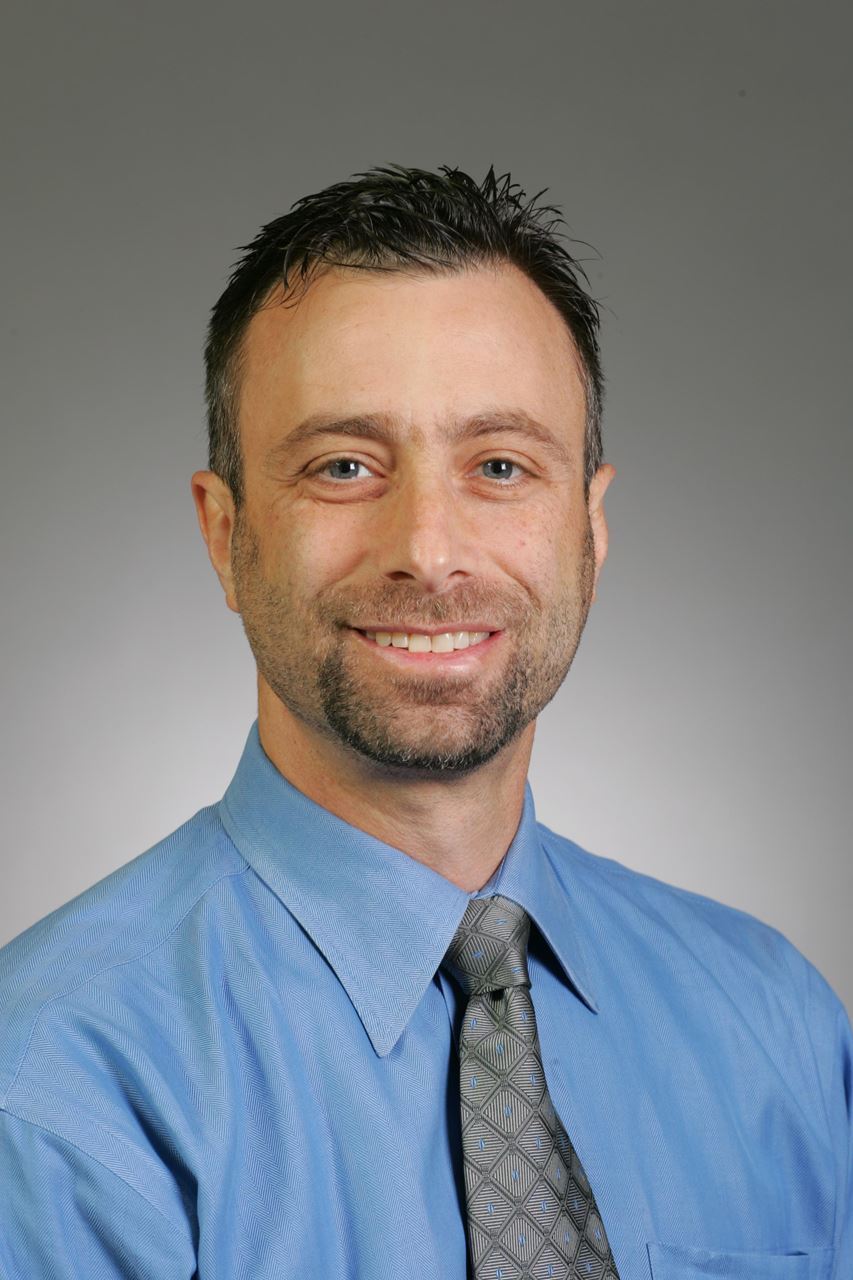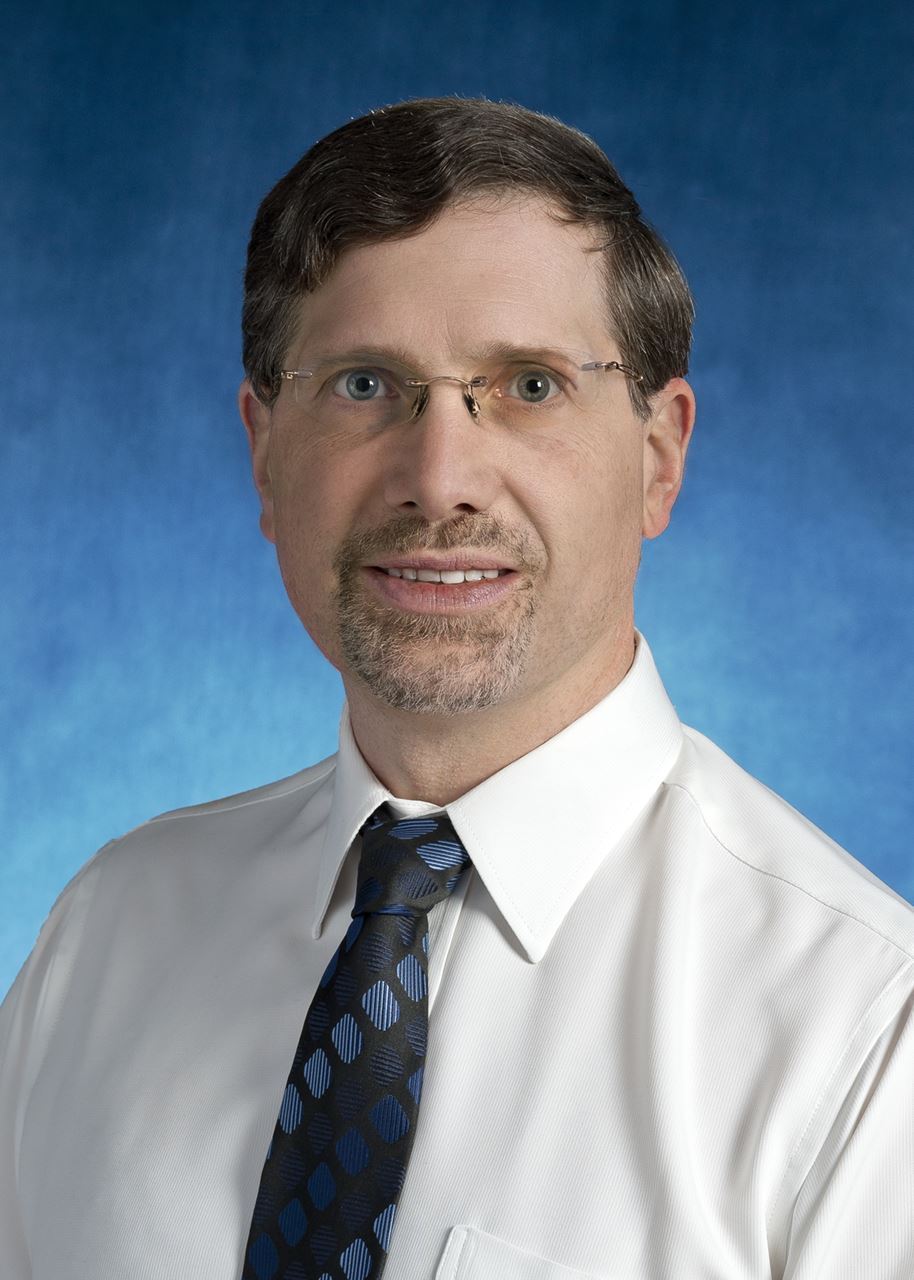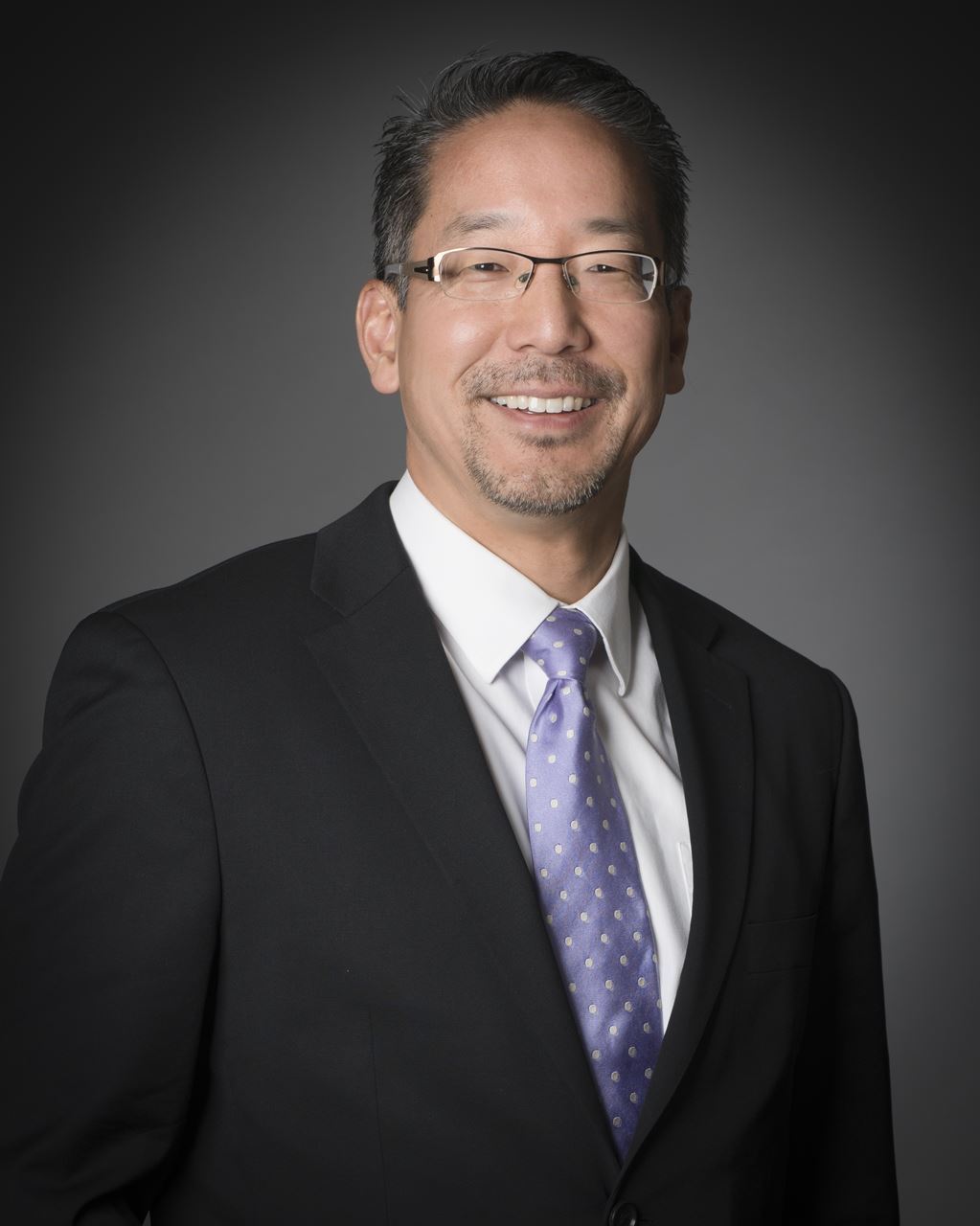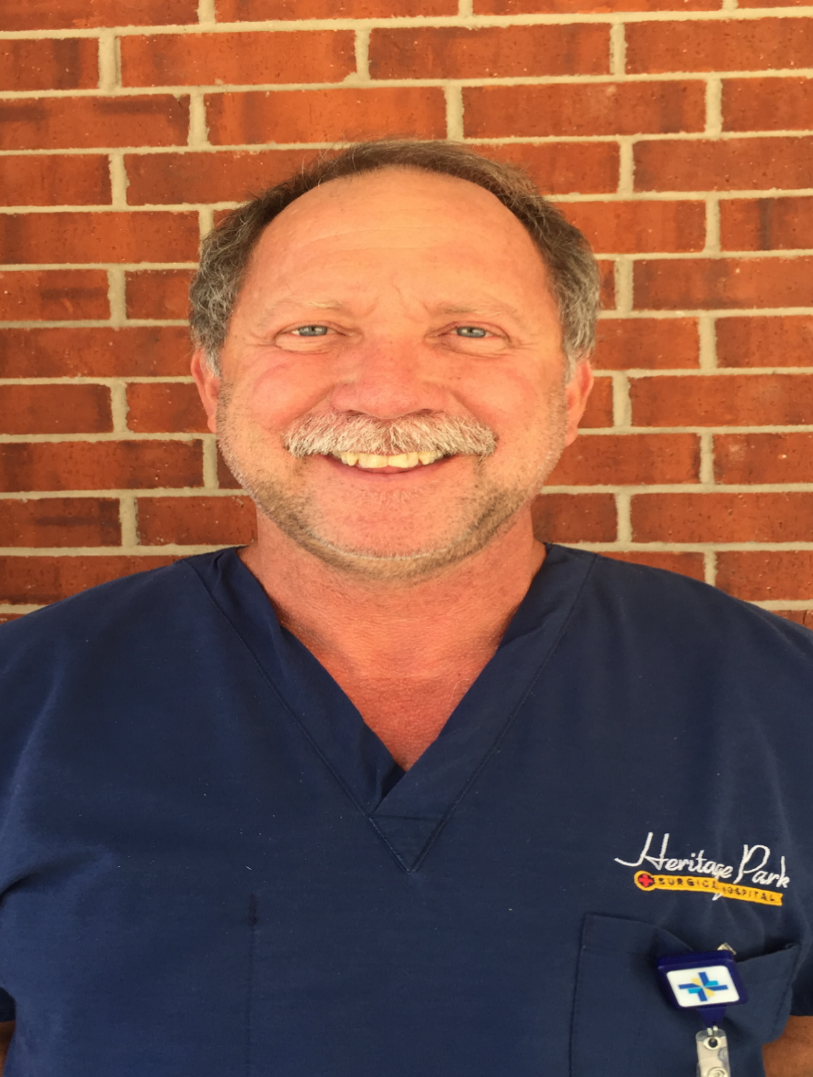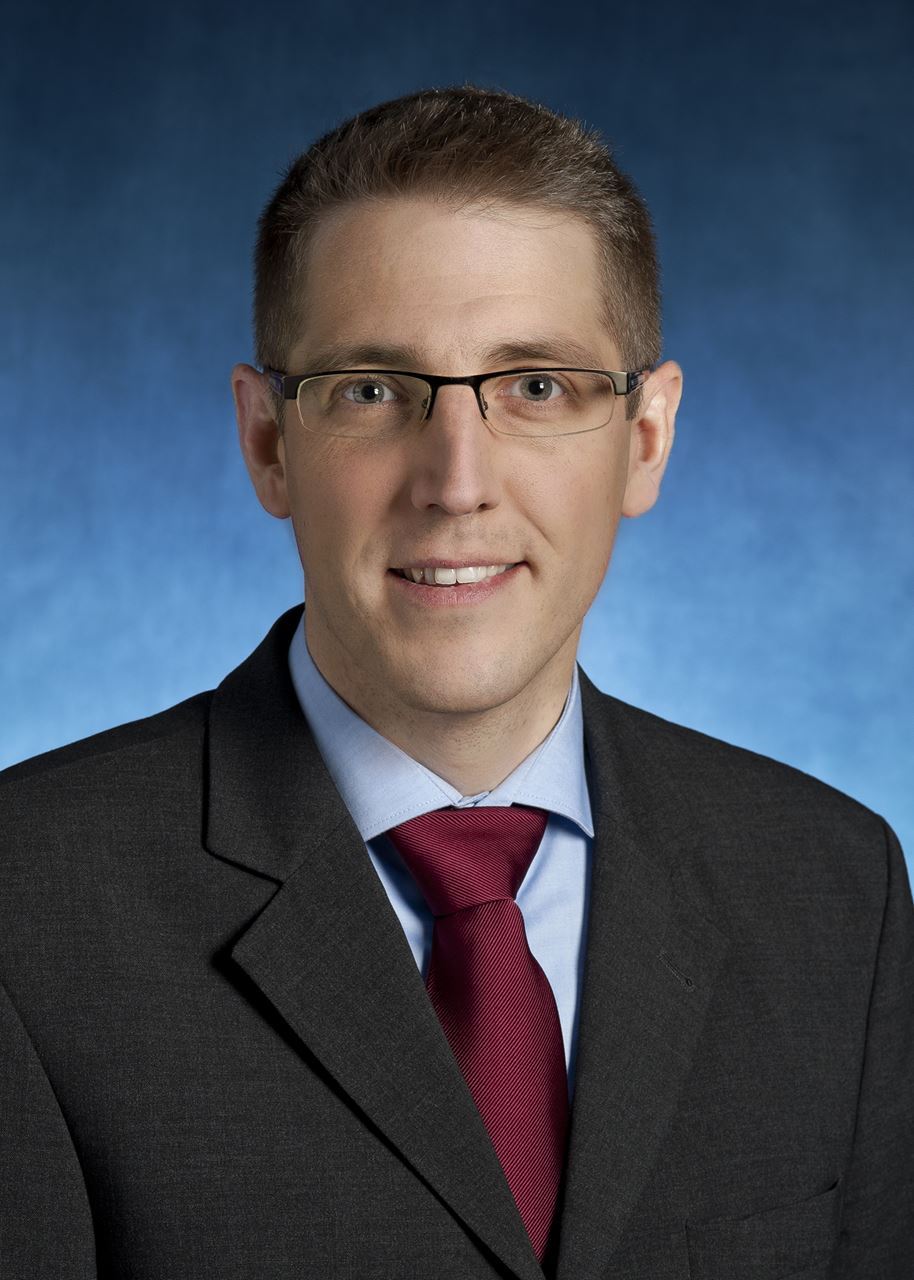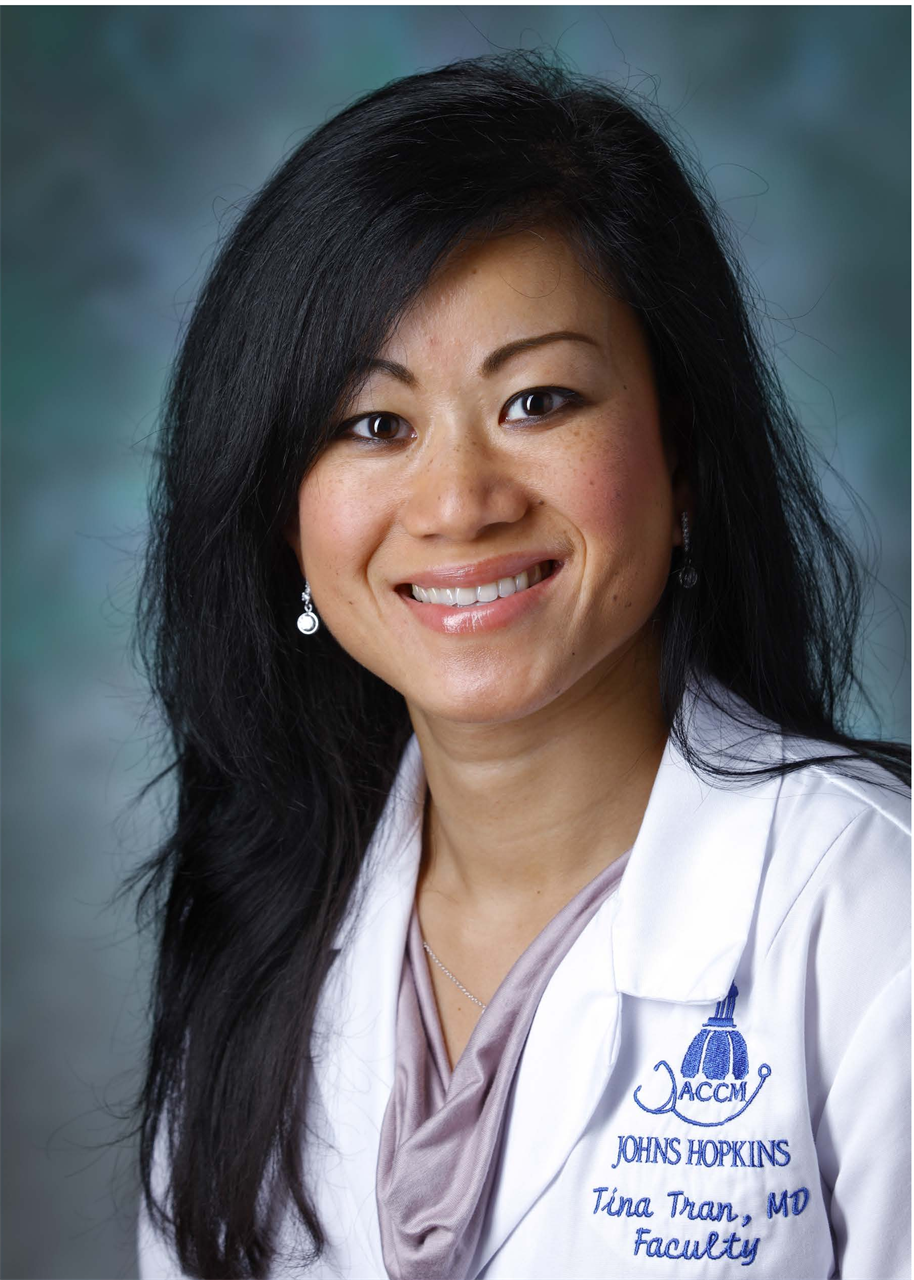Gary Cass - Hands-On Eye Block Workshop with Pig Eyes & Cadaver Heads
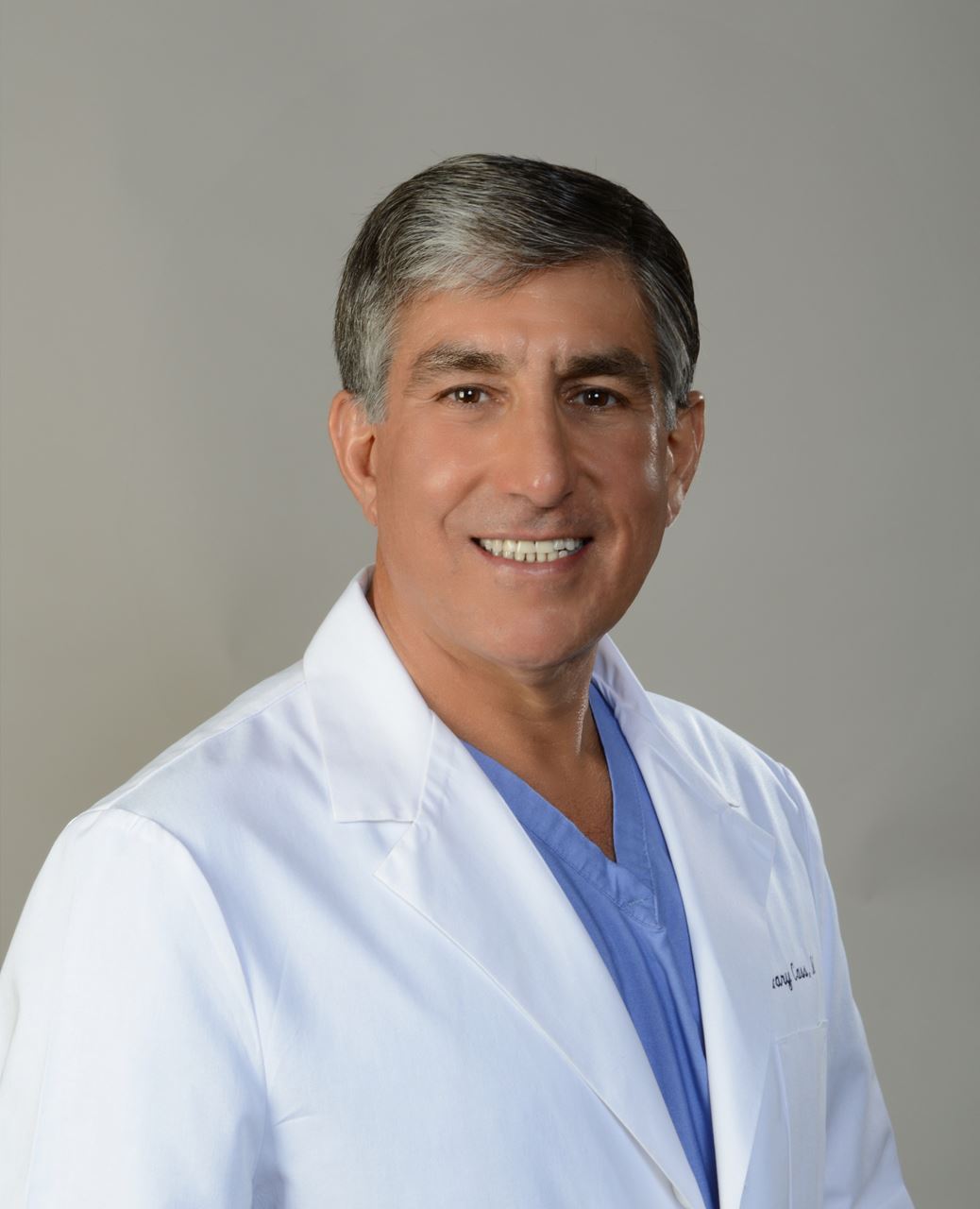
Gary D. Cass, MD is the medical director and anesthesiologist at the Tampa Eye and Specialty Surgery Center. This is a freestanding ambulatory surgery center where approximately 4,500 eye surgeries are performed a year. Involved clinically in the daily operation of this facility, Dr. Cass performs all anesthesia services.
Dr. Cass is certified by the American Board of Anesthesiology, and attended medical school at the University of Colorado. He received his residency training at the University of Chicago and the University of Miami. Gary has been active in the OAS for many years, having served as president and program director in 2000 and 2007.
Dr. Cass has authored several publications in the field of Ophthalmic Anesthesia including papers on the use of 2-chloroprocaine for peribulbar blocks, and choices of local anesthetics for ocular anesthesia.


